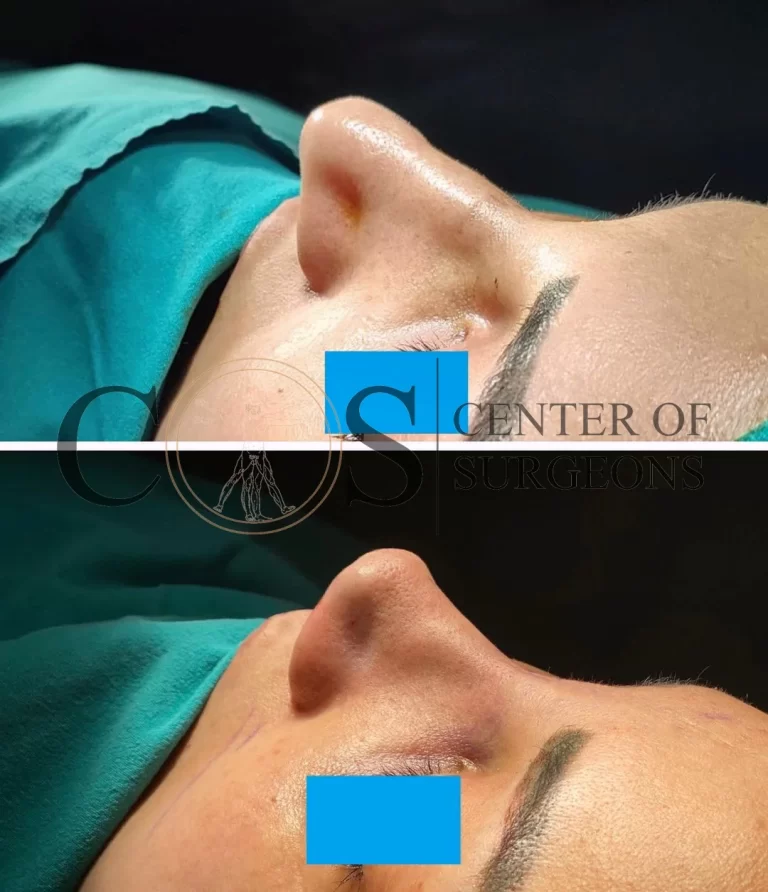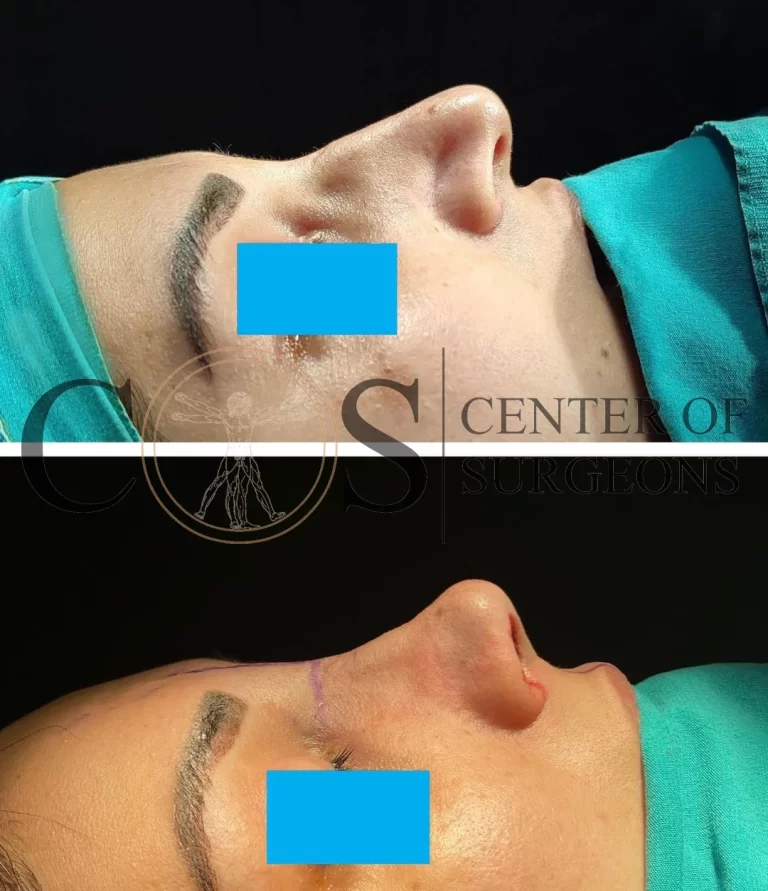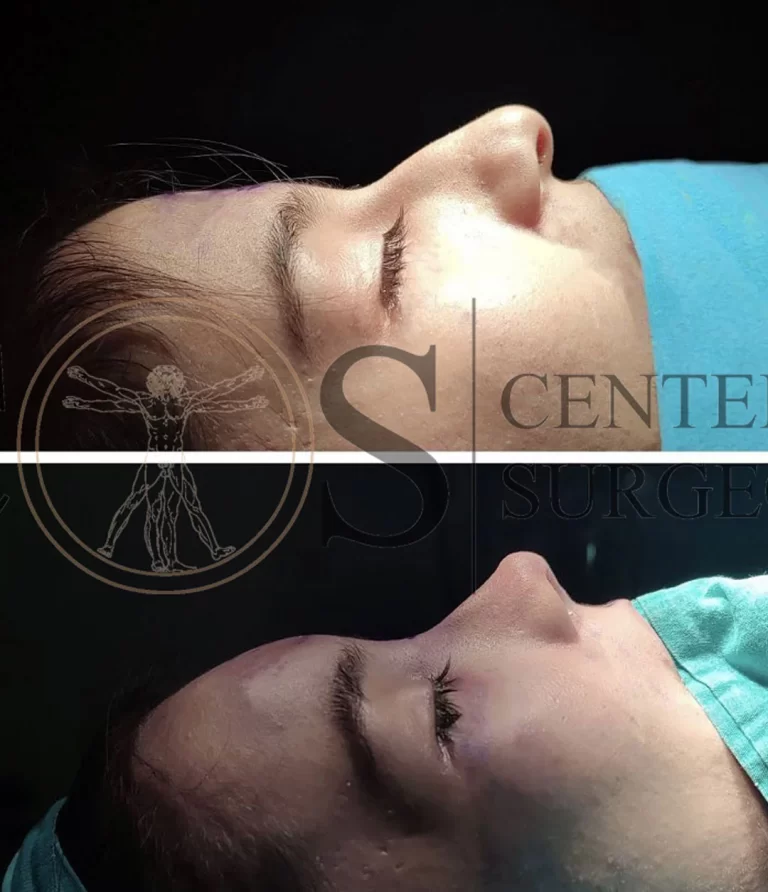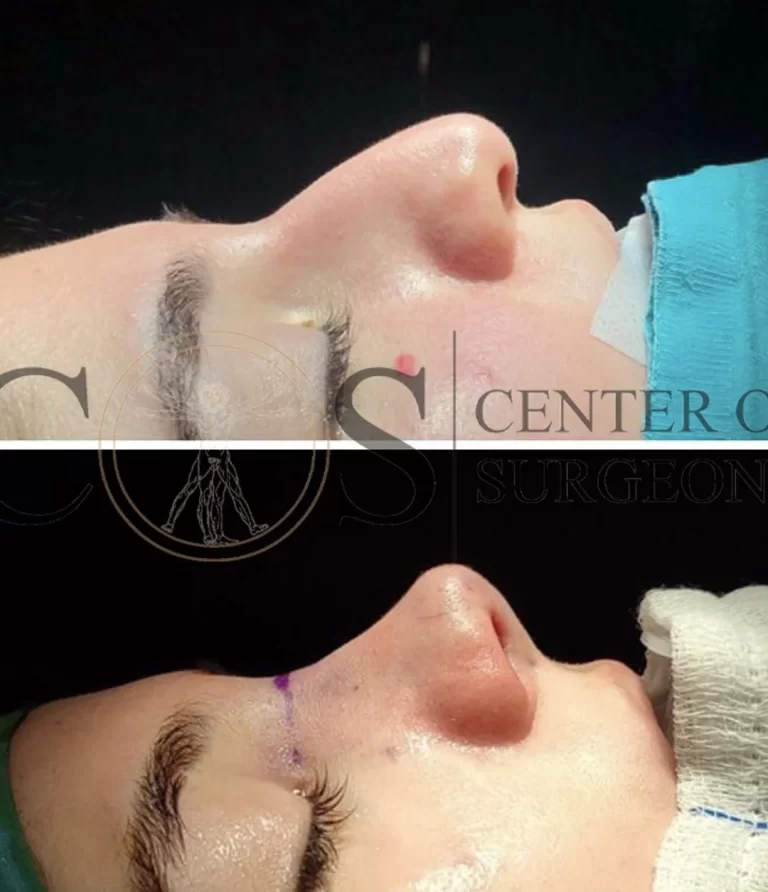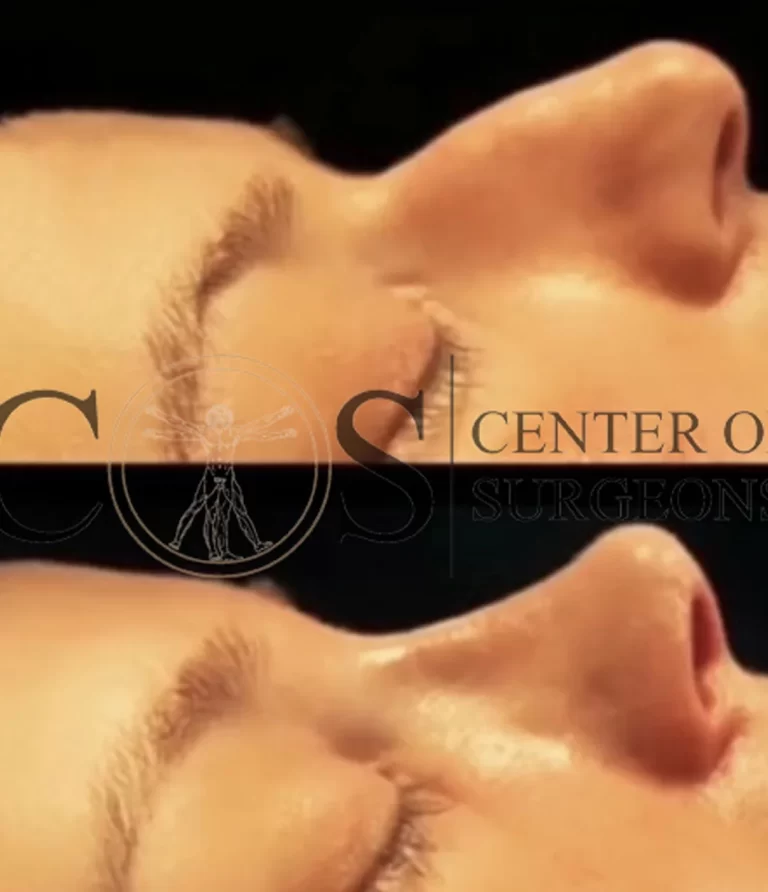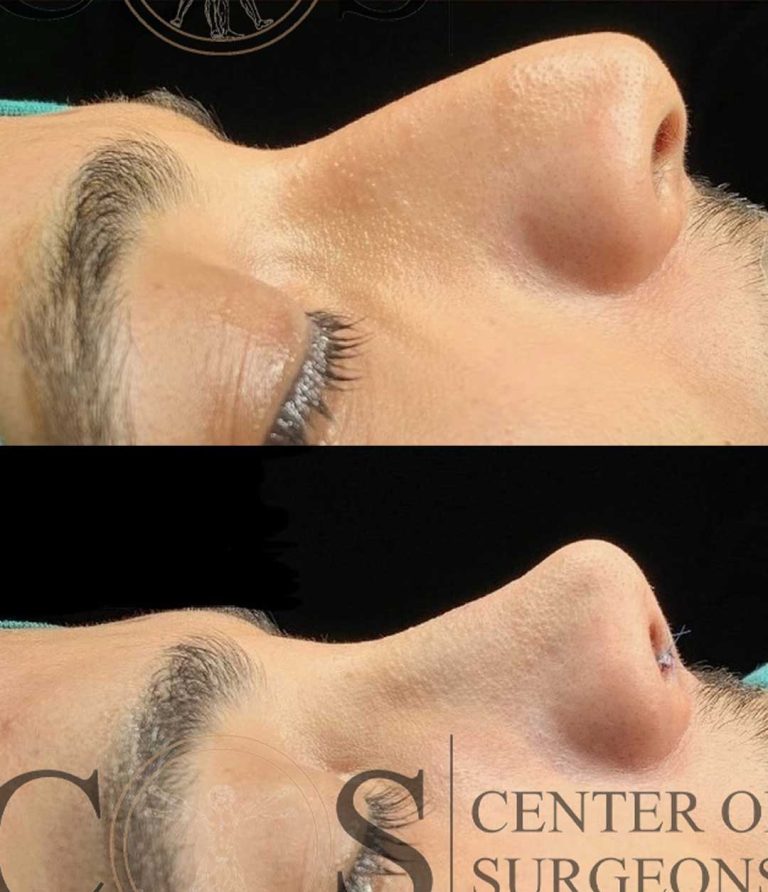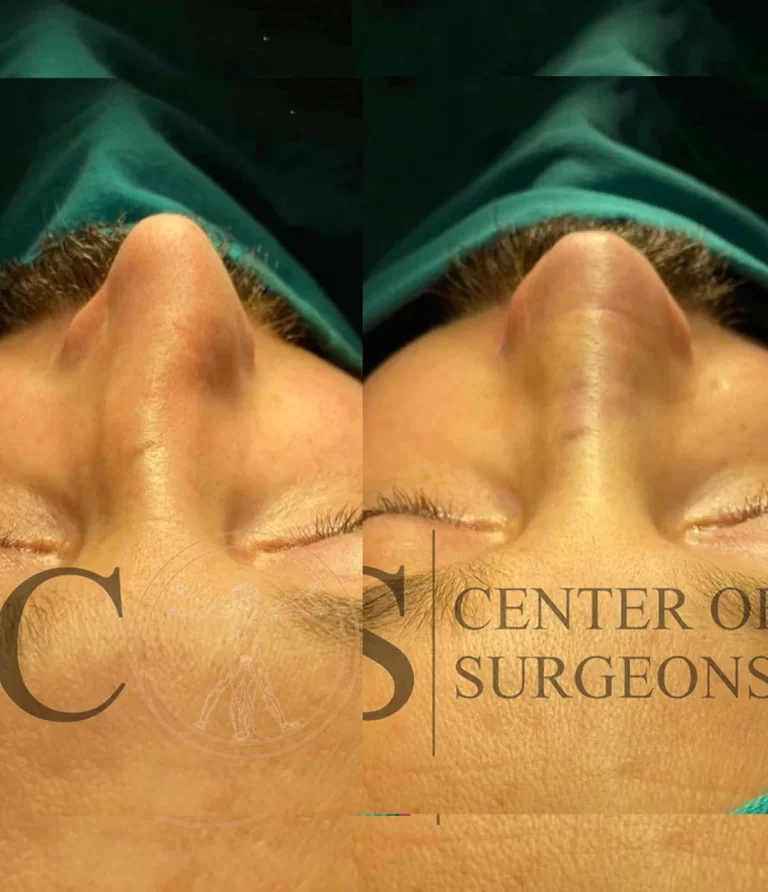Gynecomastia
Trusted Gynecomastia Solutions for Men
Achieve a flatter, more masculine chest with gynecomastia treatment. Our expert team provides safe and lasting results tailored to your needs.
Book your free consultation now for a fresh, new look!
"Discover our solutions with a free consultation—contact us today!"
The breast structure in men is slightly different from that of women.
While the breast tissue is larger in women, the situation is different in men. In some cases, there can be complaints in the breast area of men for various reasons. Gynecomastia is one of these complaints.
What is gynecomastia?
Gynecomastia is the name given to the enlargement and swelling of breast tissue compared to normal in men. Along with these symptoms, a lump under the nipple, nipple discharge, pain and sensitivity to pressure in the breasts can be seen.
The cause of gynecomastia is most likely hormonal. Both men and women have estrogen and testosterone hormones, but while the testosterone ratio in men is high, estrogen secretion in women is high. Gynecomastia occurs when the testosterone-estrogen balance in men is disturbed and estrogen is excreted above normal levels. Hormones are not the only cause of gynecomastia. Obesity, incorrect eating habits, kidney failure and liver disease, hyperthyroidism, tumors in the testicles or adrenal glands, drug and alcohol consumption can also cause gynecomastia. Gynecomastia can be observed in cases of extreme hunger, as testosterone decreases and estrogen remains constant. And some of the drugs used trigger this situation.
Gynecomastia is not a cancer. It is benign and is a breast enlargement. While it is not harmful to health, men with gynecomastia may feel embarrassed and uncomfortable. Gynecomastia that does not disappear on its own or with medication can be treated with gynecomastia surgery because of its psychological effects.
How is a gynecomastia operation performed?
If the person is diagnosed with gynecomastia or if the person suspects this situation, he or she contacts health care institutions and if the doctor considers it appropriate, surgery can be performed.
- The breast tissue of the anesthetized patient is first examined endoscopically.
- Gynecomastia can only occur in the form of swelling of the granular tissue, i.e. in the form of hard breast tissue, both granular and fatty, and only an increase in fatty tissue.
- In gynecomastia, excess tissue is removed with surgical procedures, which are caused by an increase in the amount of granular tissue. If it is accompanied by fatty tissue, the procedure is performed with liposuction. If only the fatty tissue has increased, liposuction is sufficient.
- If granular tissue is to be removed, the breast is opened in the middle, skin and tissue are removed, the nipple is reduced and closed.
- Excess tissue is removed according to the method considered appropriate by the surgeon, the incised areas are sutured and the surgery is finished.
Why gynecomastia surgery?
- It allows the removal of gynecomastia with the clearest and most accurate results.
- If the person suffers from gynecomastia for a long period of time, it does not regress by itself. Therefore, a surgical procedure is necessary to treat gynecomastia.
- A very thin and small surgical scar may remain on the chest, but it is not aesthetically disturbing. If the person later does bodybuilding, it is not even visible, as it is right at the border of their pectoral muscles.
- – The feelings of embarrassment that men feel due to the growth of their breasts and the person’s aesthetic concerns and feeling of discomfort are eliminated.
- – No long healing period is necessary.
Who is a gynecomastia operation suitable for?
- For the treatment of gynecomastia that occurs in one or both breasts.
- Since it can occur in infancy and old age, adolescence is the most common period in gynecomastia. It is the case when the baby has gynecomastia in the womb due to the estrogens of the mother. In male babies with developed breasts, this situation goes away by itself within 3 weeks at the latest.
- Adolescence is a time when the hormones in the body are very different. It is observed because of the high hormone activity and it passes 6 to 24 months after entering puberty.
- Since gynecomastia in infancy and adolescence passes after a certain period of time, no immediate surgery is required. An operation can be performed in case of gynecomastia that occurs at an advanced age and has existed for a long time.
- Since a non-progressive gynecomastia can be controlled with medication or hormone therapy, no surgery is necessary.
- A gynecomastia operation can be performed after the age of 17. Nevertheless, it is advisable to wait until the age of 18.
After a gynecomastia operation
- Gynecomastia corsets are used for a while after the operation according to the doctor’s recommendations. This corset is always worn for at least 3 weeks. Until an average of the 6th week, the use of a corset is important for healing if you move during the day or if heavy exercises are to be performed.
- If a liposuction operation is performed, the person can return almost completely to their daily life after 3 weeks.
- If a surgical procedure is performed, the person can be discharged on the same day. Stays in hospital for 1 day if necessary.
- Lying on the stomach should be avoided for 1 week.
- Edema and swelling can be observed in the surrounding area. At the end of a week these symptoms disappear. Some creams can be applied to the area on the doctor’s recommendation. Medications prescribed by the doctor are used for pain and the pain is controlled.
- During the first 3 days, the person should rest, not move shoulders and arms as much as possible and not take a shower. After 3 days a warm and short shower can be taken. After this time, depending on the state of health, the person is able to do light exercises and return to their daily life.
- Activities like sauna, Turkish bath, solarium and steam bath must be avoided for up to 6 weeks.
What is gynecomastia?
Gynecomastia is a condition where excess breast tissue develops in men, often due to hormonal imbalances, weight gain, genetics, or medication use. It can cause puffiness, swelling, or enlarged male breasts.
What is gynecomastia surgery?
Gynecomastia surgery, also known as male breast reduction, is a cosmetic procedure that removes excess fat, glandular tissue, and sometimes skin from the chest, creating a flatter, firmer, and more masculine appearance.
Who is a good candidate for gynecomastia surgery?
Ideal candidates are men who:
- Have persistent breast enlargement despite diet and exercise
- Feel self-conscious about their chest appearance
- Experience discomfort, tenderness, or swelling
- Are in good overall health and have realistic expectations
How is gynecomastia surgery performed?
- Liposuction: Removes excess fat through small incisions for mild to moderate cases.
- Excision (Tissue Removal): Used for glandular breast tissue and skin removal in severe cases.
- Some procedures combine both techniques for optimal results.
How long is the recovery after gynecomastia surgery?
- Most patients return to light activities within 1 week.
- Swelling and bruising subside within 4-6 weeks.
- Full recovery and final results take 3-6 months.
- A compression garment is worn for several weeks to reduce swelling and improve contouring.
Will gynecomastia surgery leave scars?
- Small liposuction incisions leave minimal, nearly invisible scars.
- For excision-based procedures, scars are placed in natural chest folds and fade over time.
Are the results of gynecomastia surgery permanent?
Yes, as long as a stable weight is maintained. However, hormonal imbalances, weight gain, or steroid use can cause recurrence.
How much does gynecomastia surgery cost?
The cost varies based on the surgeon, clinic location, and procedure complexity, typically ranging from $4,000 to $8,000. Some insurance plans may cover gynecomastia surgery if deemed medically necessary.
